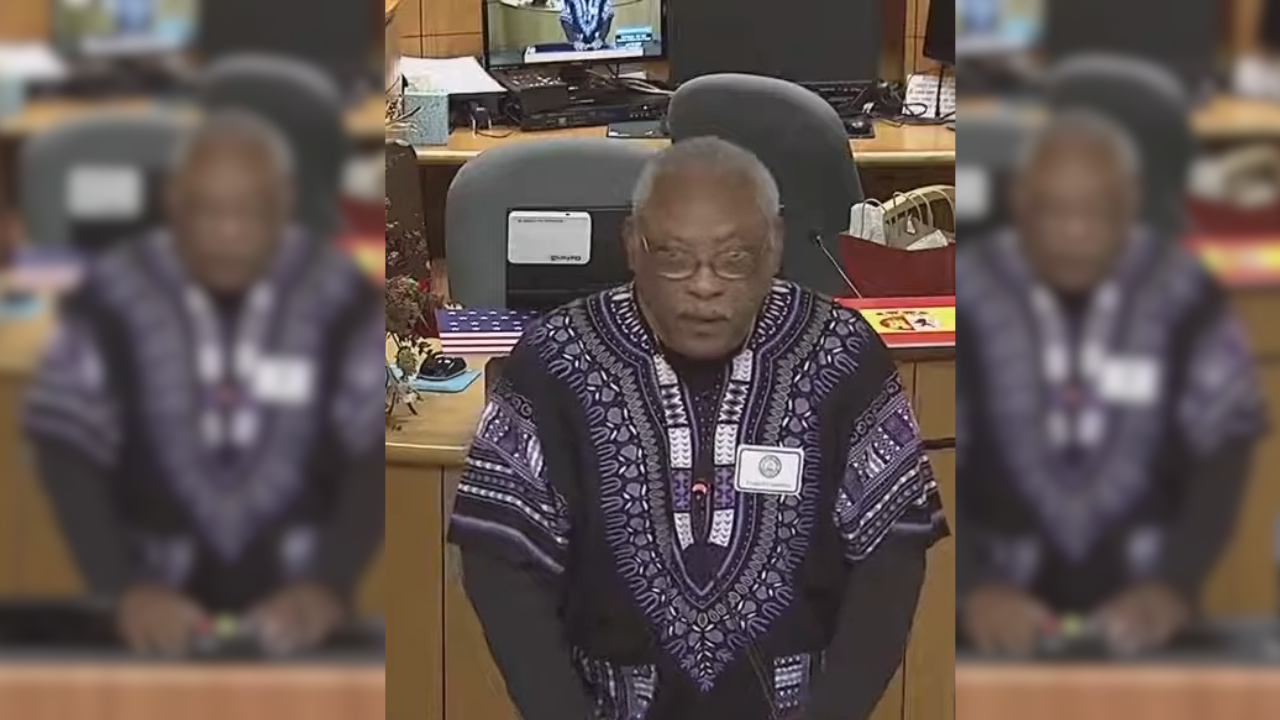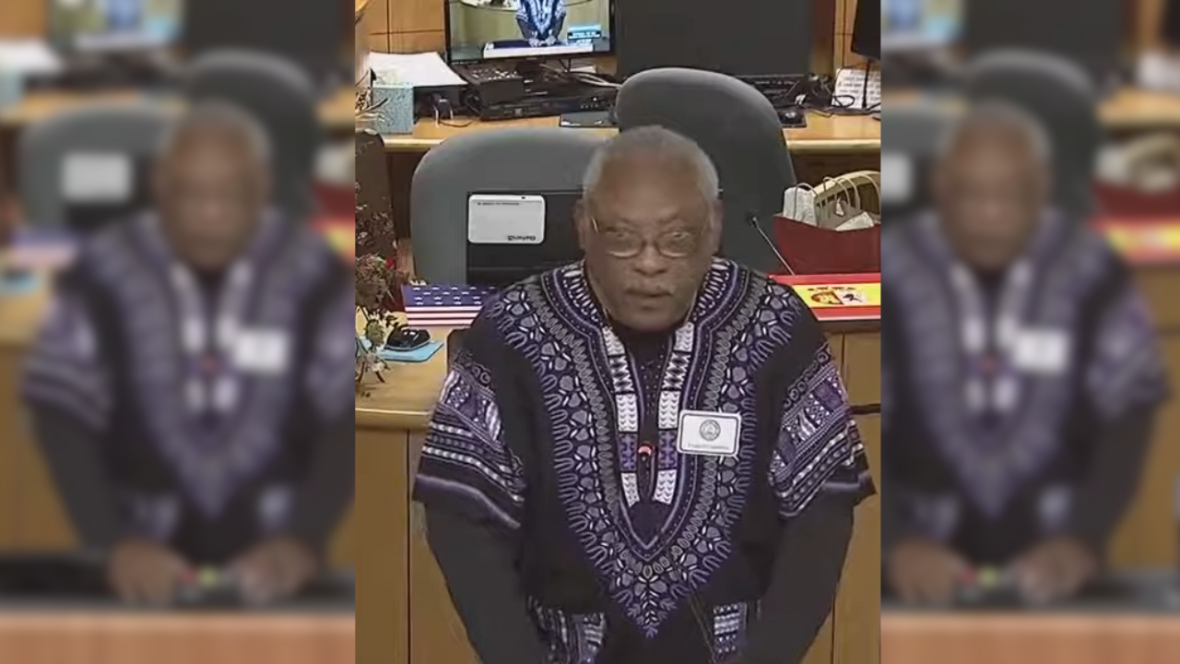Clues emerge in assassination of Black Florida deputy 150 years ago
Historians now know a significant sit-in, regarded as the beginning of Tampa’s civil rights movement, occurred on Richard Roach’s former The post Clues emerge in assassination of Black Florida deputy 150 years ago appeared first on TheGrio.

Historians now know a significant sit-in, regarded as the beginning of Tampa’s civil rights movement, occurred on Richard Roach’s former property, where he was shot.
One of Florida’s oldest property records has provided information on the 150-year-old murder of one of the state’s first Black deputies.
Someone assassinated Richard W. Roach, the first Hillsborough County deputy to die in the line of duty, outside his house on Aug. 15, 1874, according to The Tampa Bay Times. While there are theories, there is no definitive answer as to why he was killed.
Historians have since learned that a significant sit-in, regarded as the beginning of Tampa’s civil rights movement, occurred on Roach’s former property. Roach was one of the first Black landowners in Tampa and likely died at that site.

“Not a lot of people know about Richard Roach,” said Fred Hearns, the Tampa Bay History Center’s curator, Yahoo reported. “But he was an important person. He should not be forgotten.”
The details regarding the land – which corresponds to 801 N. Franklin St. today – are taken from a scroll featured in the history center’s newest exhibit, “Travails and Triumphs,” which explores the 500-year tale of Black people living in Tampa Bay.
Rodney Kite-Powell of the history center notes that the scroll, which records the city’s property owners at the time, dates back around 150 years. There were just three Black property owners, one of whom was named R.W. Roach.
Peter W. Bryant and Aggie Holloman — the two other Black landowners included on the scroll — were also highly respected in Tampa.
Forty Black high school students calmly protested by sitting at the then-F.W. Woolworth on Feb. 29, 1960, calling for lunch counter service. They were rejected, but as a result, Tampa Mayor Julian Lane requested meetings between business owners and civil rights activists. Months later, the city’s downtown lunch counters were integrated.
Hearns called the newly discovered information “ironic.”
“That was considered the most important site to protest against racial discrimination,” Hearns contended, “and now we learn it was once owned by a Black man who served the community.”
For its relevance to civil rights, a historical marker commemorates the now-vacant Woolworths’ location.
Census records show that Roach was born in South Carolina in 1848. Historians think he was probably enslaved. However, it is unclear if he was born into slavery in Tampa or arrived after the Civil War finished in 1865. It is also unclear when he was appointed as one of the city’s first Black law enforcement officers.
Roach, his mother, Lizzie King, and three other people — Amy, Samand and Sidney Roach, who might have been his siblings — were listed as residents in 1870.
A year later, he wed Antonete Post, who, according to “Genealogical records of the African American pioneers of Tampa and Hillsborough County,” The Tampa Bay Times cites, may have formerly been enslaved by former Tampa Mayor Madison Post. A year after that, Roach paid Peter Bryant $92 for a piece of land.
The book “Forgotten Heroes: Police Officers Killed in Early Florida, 1840-1925” contends that on June 13, 1874, Roach sought to detain William Duncan for public intoxication. Roach shot and killed Duncan following a struggle.
According to “Forgotten Heroes,” Roach was sitting on his front porch when someone sent five buck shots through his forehead in 1874. His wife had already gone to bed but rushed to his side when she heard the gunshots. The book claims her piercing screams roused the nearby residents, who flocked to the scene.
It is believed that Duncan’s relatives or someone who disapproved of a Black law enforcement officer killed Roach. Regardless, the sheriff’s office concluded that his death was work-related.
However, Roach was forgotten because of inadequate record-keeping at the time of his passing.
Then, in 1997, Florida historian Cantor Brown learned about Roach’s tale and brought it to the Sheriff’s Office’s attention; as a result, Roach joined the memorial wall in Ybor City’s Fallen Heroes Remembrance Park, dedicated to the county’s 17 deceased deputies.
Hearns remarked that the sit-in at Woolworths was a turning point for civil rights. The information that Roach presumably resided and was killed on the property “adds more history to that street.”
TheGrio is FREE on your TV via Apple TV, Amazon Fire, Roku and Android TV. Also, please download theGrio mobile apps today!
The post Clues emerge in assassination of Black Florida deputy 150 years ago appeared first on TheGrio.












